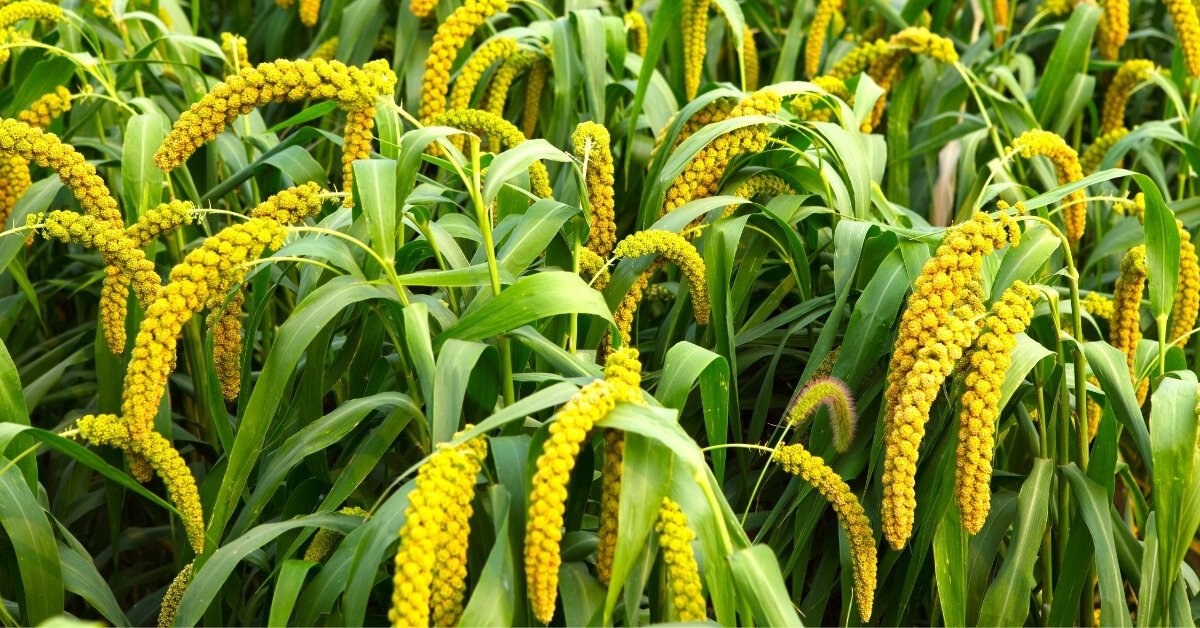Ancient grains are gaining popularity as people become more health-conscious and seek sustainable food options. These grains, such as quinoa, spelt, and amaranth, are not only nutritious but can also be grown in a sustainable and eco-friendly manner. By learning how to grow ancient grains, you can contribute to a healthier lifestyle for yourself and promote environmental sustainability.
Choosing the Right Grains
Before you start growing ancient grains, it’s important to select the right ones for your climate and soil conditions. Some popular varieties include:
| Grain | Climate |
|---|---|
| Quinoa | High altitudes, dry climates |
| Spelt | Cooler climates, well-drained soil |
| Amaranth | Wide range of climates |
Choose the grains that are best suited to your local conditions to ensure a successful harvest.
Preparing the Soil
Once you’ve chosen the grains to grow, it’s time to prepare the soil. Ancient grains thrive in well-drained soil with a good nutrient content. Prepare the soil by tilling it to a fine texture and adding organic matter such as compost or well-rotted manure to improve its fertility.
Planting and Care
When it comes to planting ancient grains, timing is crucial. Most grains should be planted in early spring, but specific timing may vary depending on your location and climate. Follow the recommended planting guidelines for the specific grains you have chosen.
Make sure to keep the soil evenly moist during the germination and early growth stages. Weeding is essential to prevent competition for nutrients and sunlight. Be mindful of pests and diseases that may affect the grains and take necessary precautions to protect your crop.
Harvesting and Storing
As the grains mature, they will require careful monitoring to determine the best time for harvest. Most ancient grains are ready for harvest when the plants have dried and the grains have hardened. Harvest the grains and allow them to dry further before storing them in a cool, dry place. Proper storage is important to prevent moisture and pests from damaging your harvest.
The Benefits of Growing Ancient Grains
Growing ancient grains offers numerous benefits, including:
- Nutritional Value: Ancient grains are rich in essential nutrients such as protein, fiber, and various vitamins and minerals.
- Sustainability: Ancient grains have a smaller environmental footprint compared to modern grains, making them a sustainable choice for eco-conscious individuals.
- Biodiversity: By growing ancient grains, you contribute to preserving the genetic diversity of our food supply, which is vital for long-term food security.
- Taste and Variety: Ancient grains offer unique flavors and textures that can add diversity to your diet and culinary creations.

Credit: www.amazon.com

Credit: foreignpolicy.com
Frequently Asked Questions Of How To Grow Ancient Grains: A Comprehensive Guide To Cultivating Nutrient-dense Crops
How Can I Grow Ancient Grains In My Garden?
Growing ancient grains in your garden is easy! Choose a sunny spot, prepare the soil, sow the seeds, and water regularly.
What Are The Benefits Of Growing Ancient Grains?
Growing ancient grains offers numerous benefits. They are packed with nutrients, have unique flavors, promote biodiversity, and have a lower impact on the environment.
Which Ancient Grains Are Easy To Cultivate?
Some easy-to-cultivate ancient grains include quinoa, amaranth, spelt, and einkorn. These grains adapt well to different climates and require minimal care.
How Long Does It Take To Grow Ancient Grains?
The time it takes for ancient grains to grow varies depending on the type. On average, it takes around 80-100 days for grains like quinoa and amaranth to reach maturity.
Conclusion
Growing ancient grains is a rewarding endeavor that promotes both personal health and environmental sustainability. By choosing the right grains, preparing the soil, and providing proper care throughout the growing season, you can harvest your own nutritious and eco-friendly ancient grains. Embracing these traditional grains not only benefits your well-being but also contributes to the preservation of our planet’s resources for future generations.
